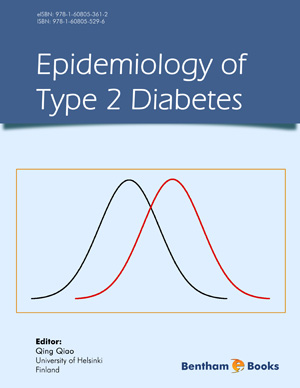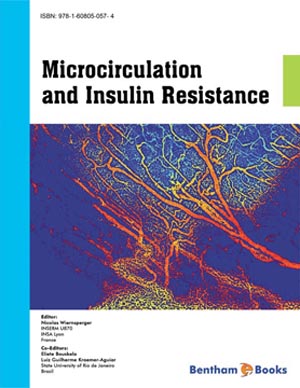Abstract
Normal quantities of adipose tissue are required in humans, as adipose tissue stores energy and contributes to endocrine and immune functions. Hormones and cytokines secreted by the adipose tissue, collectively known as ‘adipokines’, include adiponectin, leptin, tumor necrosis factor-α, interleukin 6, and plasminogen activator inhibitor-1. These secretory products play important roles in the maintenance of glucose and energy homeostasis. Both excess and deficiency of adipose tissue can have a negative impact metabolically. In the lipodystrophy syndromes, there is partial or complete loss of adipose tissue, which can lead to insulin resistance, diabetes and hepatic steatosis. Malnutrition due to starvation and anorexia nervosa has also been associated with manifestation of diabetes. In contrast, excess of adipose tissue in obesity has also been associated with insulin resistance, diabetes, fatty liver and cancer. With obesity on the rise globally, non-communicable diseases including cardiovascular disease, cerebrovascular disease, diabetes mellitus, dementia, cancer, and fatty liver disease have increased dramatically in prevalence and are rapidly becoming leading causes of death around the world. Thus, a normal amount and distribution of adipose tissue is required to achieve optimal regulation of metabolism and general good health.
Keywords: Adipose tissue, diabetes, insulin resistance, lipodystrophy, malnutrition, metabolism, obesity, starvation.

















